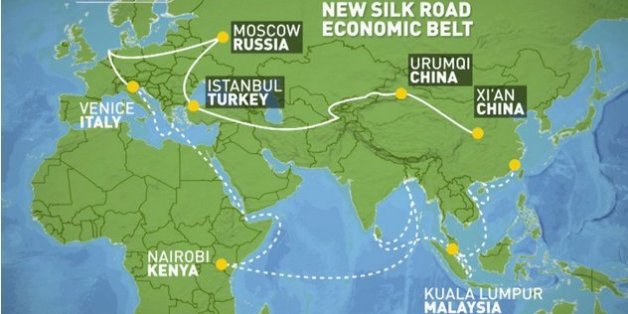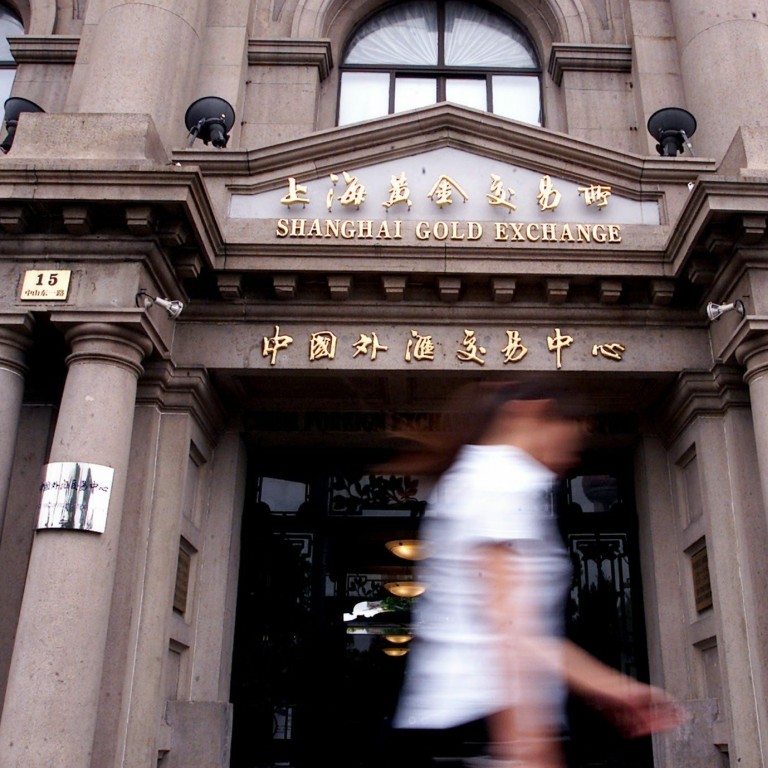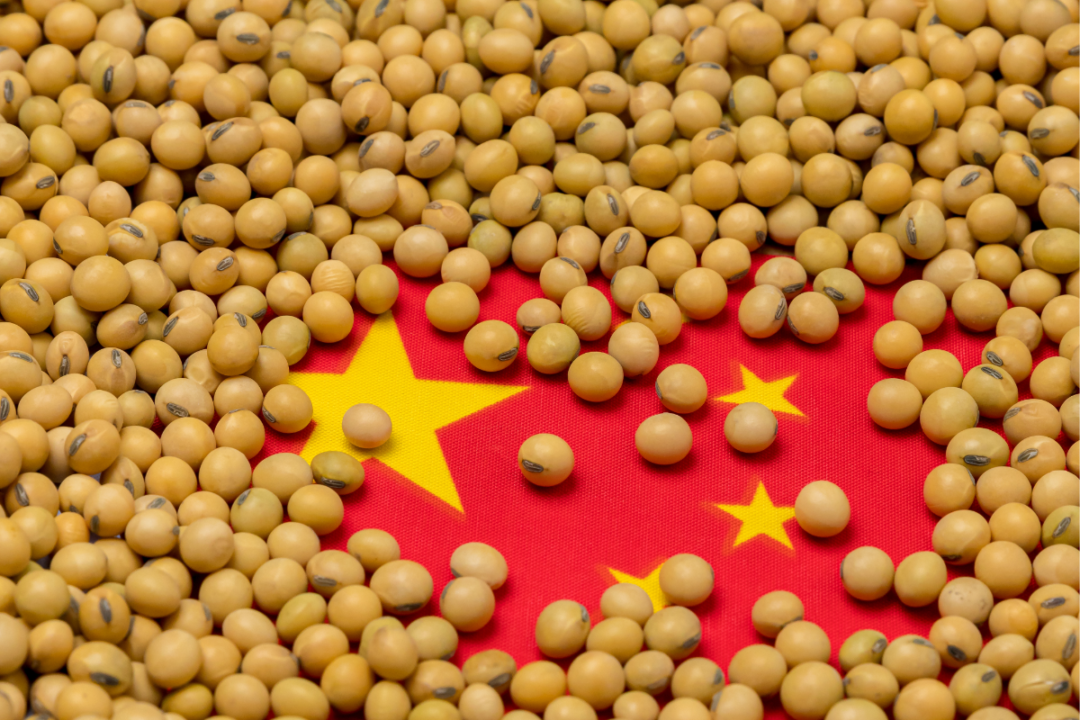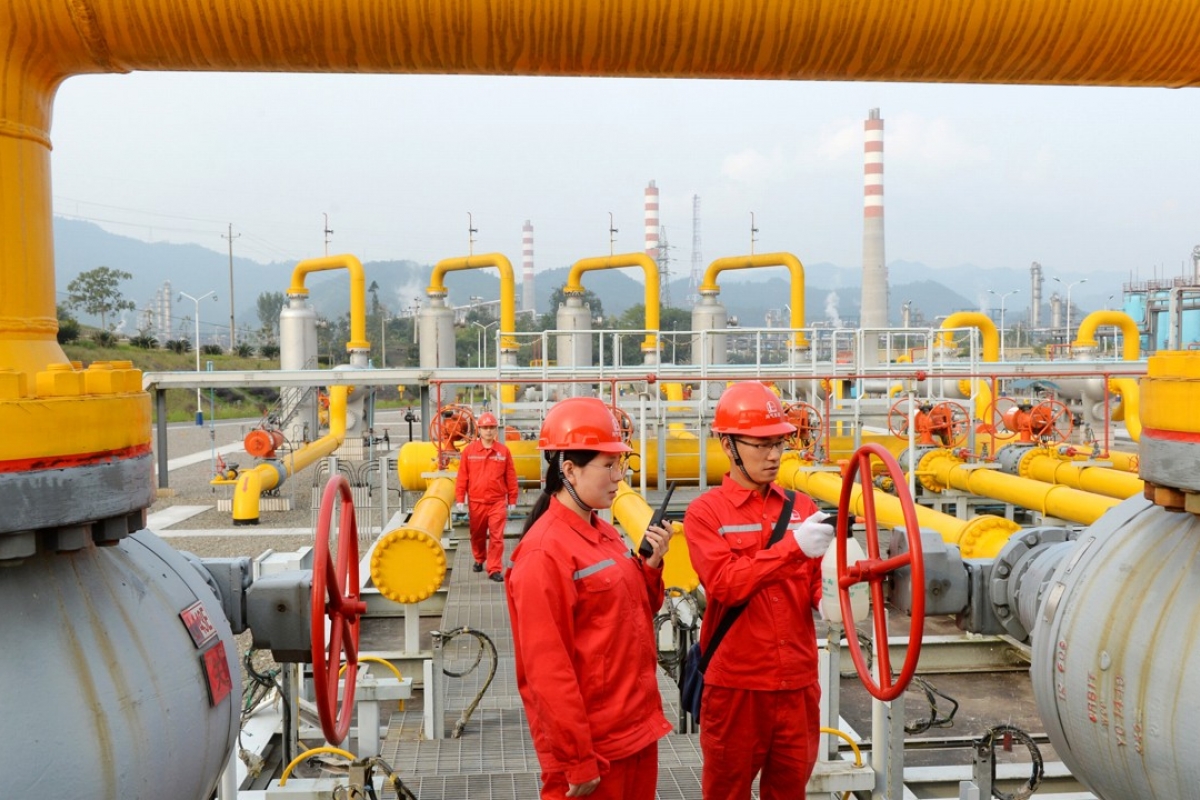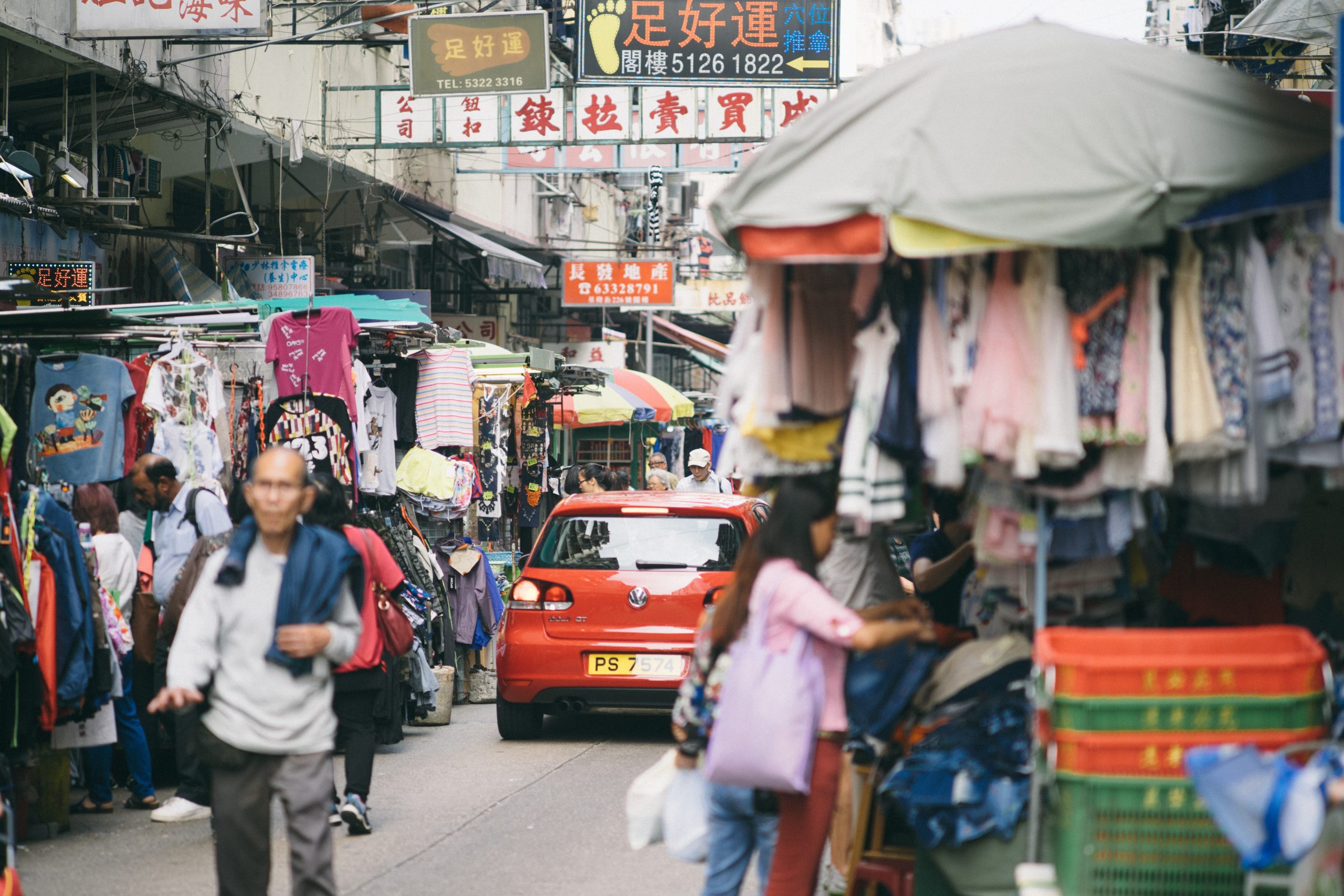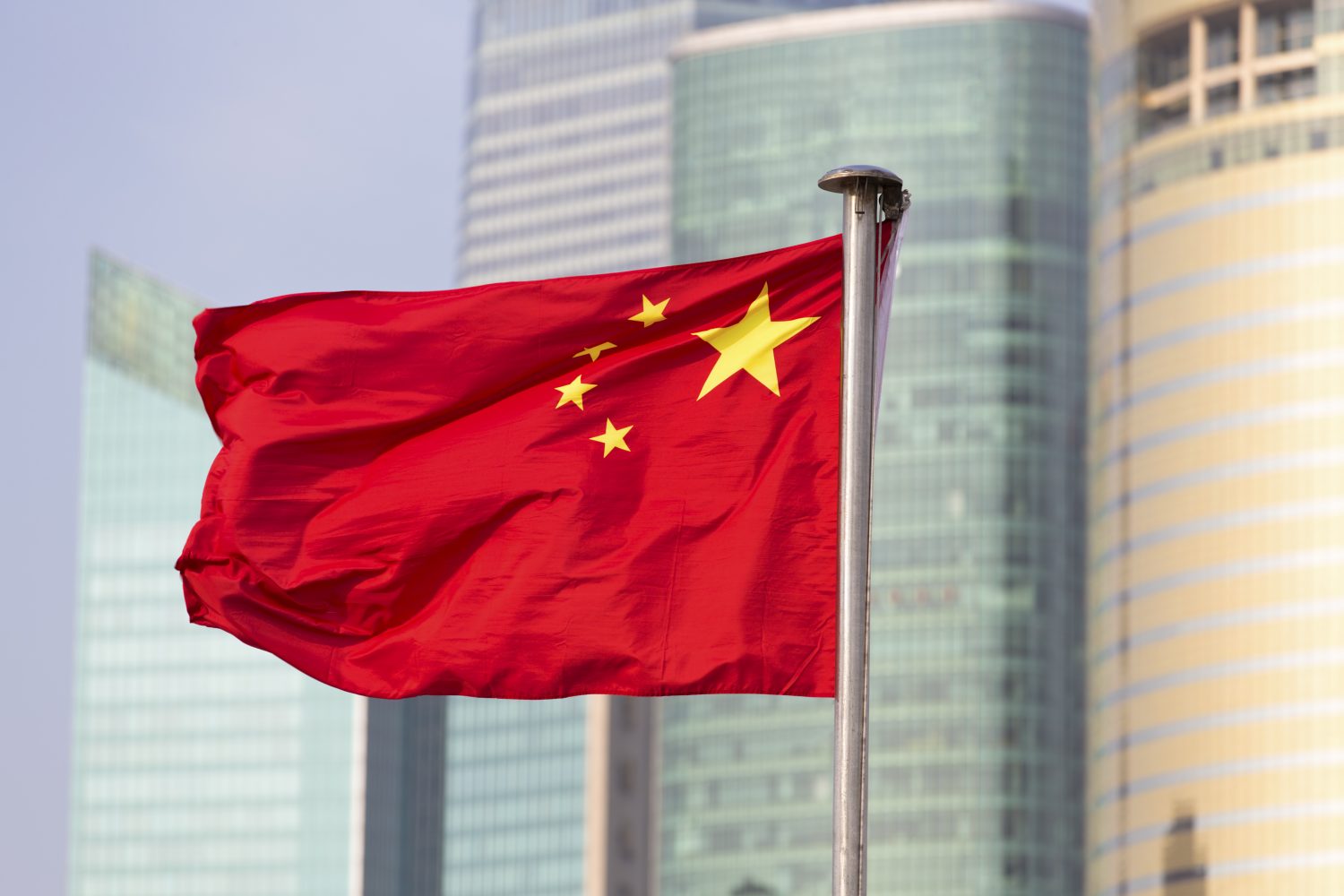China’s Belt and Road (B&R) initiative – the ambitious project to build infrastructure and expand trading relationships along a new Silk road – has made significant headway in the past four years, and is now well into the implementation stage. So far, 20 per cent of investment in B&R has been in power and 19 per cent in railways, followed by roads, pipelines and other transport. With China’s government prioritizing B&R as a key initiative to help open up its economy, here are five trends that show B&R is taking off in a big way.
Trade Hitting New Highs
Between 2014 and 2016, trade between China and the countries along the B&R exceeded USD3 trillion, and that momentum has continued into 2017, despite subdued growth in global trade. In the first half of this year (H1), China’s trade with B&R countries totaled USD512.2 billion, up 13 per cent year-on-year. That figures constitutes 26.8 per cent of China’s total trade in H1, which is a record high.
Regional Cooperation Has Increased
China’s goal to form a more integrated market and support trade connectivity among B&R countries is gaining significant momentum. Currently, 64 nations and dozens of international organizations are participating in the B&R initiative, which is expanding its coverage to more countries in Europe. The B&R and BRICS summits held earlier this year have also solidified policy coordination on cross-regional cooperation for the initiative.
Meanwhile, the Chinese Government has signed cooperation agreements with more than 40 countries and international organizations in relation to B&R, and expanded free-trade agreements with B&R countries in Europe and Asia.
Foreign Investment On The Rise
B&R has accelerated growth in China’s foreign direct investment (FDI) flows, which were the second-largest (after the US) among single countries in 2015 and 2016. China’s FDI in B&R countries reached USD129.4 billion in 2016, rising 12 per cent year-on-year and accounting for 9 per cent of China’s total. The value of newly signed contracts between China and B&R countries surged to 36 per cent to USD126 billion last year, and the value of completed projects in B&R countries grew 9.7 per cent to USD76 billion.
“China’s investment in B&R countries could reach about USD300 billion by 2030, more than double the current level.”–Lan Shen
With China’s cross-border capital flows now more balanced and exchange rate expectations anchored, we expect the authorities to unwind some restrictions on capital account transactions in 2018, supporting the strong momentum of China’s FDI in B&R countries.
China + Europe Connection Is Strong
A cross-regional network of railway, port and pipeline projects is taking shape. For example, the China-Europe Railway Express has operated 4,000 trains, covering 27 cities in 21 provinces in China and 29 cities in 11 countries in Europe as of June this year. While infrastructure bottlenecks in some B&R countries are impeding economic development, the need for new projects remains high.
We estimate that China’s investment in B&R countries could reach about USD300 billion by 2030, more than double the current level, and expect these infrastructure projects to yield economic returns and development benefits over time.
Garnering Interest
Interest in funding B&R initiatives is coming from a wide variety of parties, not just financial institutions such as the World Bank, but also multilateral development financial institutions such as the Asian Infrastructure Investment Bank (AIIB); investment cooperation funds such as the Silk Road Fund (SRF); China’s policy banks; commercial banks, both Chinese and foreign; and China’s export insurance company. The AIIB alone has provided USD2.8 billion for 18 B&R projects, and the Silk Road Fund has completed contracts for 15 projects.
We expect ‘development financing’ and commercial banks to play an increasing role in meeting the financing needs of B&R projects, especially because China’s Government is promoting development financing as a way to integrate funding resources, bridge state and market interests, and work independently of government subsidies.
